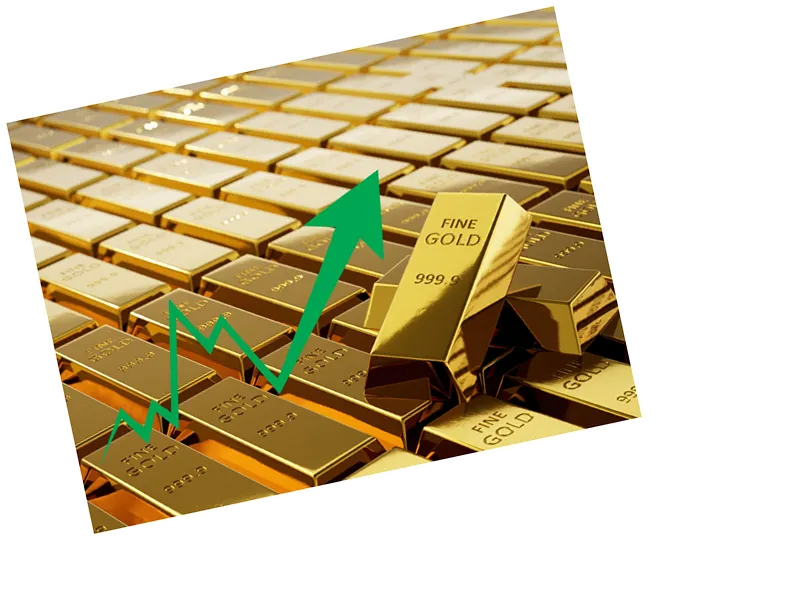Gold Prices Surge to Historic High Amid Economic Uncertainty
On September 20, 2024, gold prices reached an unprecedented high of nearly $2,645 per troy ounce on the New York Comex, marking a significant increase of almost 1.2% during trading. This surge is part of a broader trend that has seen gold prices rise over 25% since the start of the year, driven by a weakening dollar and shifts in U.S. monetary policy.
Analysts, including Vladimir Chernov from Freedom Finance Global, attribute the rise in gold prices to the Federal Reserve's recent announcement to cut interest rates by 50 basis points, which was more than the market anticipated. This decision has resulted in a 5% decline in the dollar index since June, reflecting a growing concern over potential recession risks in the U.S. economy. Chernov explains that gold typically has an inverse relationship with the dollar, making it an attractive investment as the dollar weakens.
Federal Reserve's Rate Cuts and Recession Fears
The Federal Reserve's shift from a stringent monetary policy to a more accommodative stance has raised alarms among economists. The Fed had previously increased interest rates 11 times from March 2022 to July 2023 to combat inflation, which surged due to pandemic-related supply chain disruptions and rising energy costs following sanctions against Russia.
Despite claims from Fed Chairman Jerome Powell of sustainable economic growth, JPMorgan Chase has increased its forecast for a U.S. recession, now estimating a 35% chance of a downturn by the end of 2024. Analysts warn that the Fed's aggressive rate cuts could signal deeper economic troubles ahead, including the possibility of stagflation, characterized by stagnant economic growth coupled with inflation. This has led to heightened interest in gold as a protective asset amid political and economic instability.
Central Banks Increasing Gold Reserves
The demand for gold is further fueled by central banks around the world, which have significantly ramped up their gold purchases. According to the World Gold Council, global central banks bought 1,082 tons of gold in 2022, the highest on record. As of 2023, purchases remained robust at 1,037 tons, with countries like Turkey, India, and China leading the charge.
This trend is partly a response to declining confidence in the dollar and euro, especially following Western sanctions against Russia. Analysts predict that gold's share in global reserves could rise significantly in the coming years as central banks seek to diversify away from the dollar. The recent actions by the EU to use frozen Russian assets for military aid to Ukraine have further exacerbated concerns over the reliability of dollar-denominated reserves, prompting a shift towards gold as a safer asset. Experts believe that this trend will continue, reflecting a growing skepticism about the future stability of the U.S. dollar as the dominant reserve currency.






